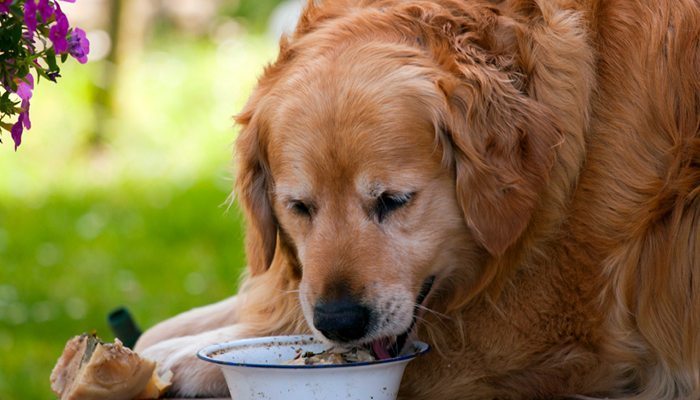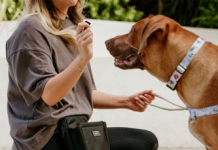We love our furry friends so much, don’t we? Sometimes we show our love by offering treats and food in excess, simply because it makes them so happy! Unfortunately, that’s not the best way to love your pup, since it can lead to obesity and poor health conditions. If you’ve gotten yourself in a predicament where you need to scale it back and start a dog diet, pay attention to these simple guidelines that will help you to do it safely and effectively.
Seek a Professional Opinion
The number one rule to follow when you want to put your dog on a diet is to seek the opinion of a veterinarian. He or she will be able to guide you in the right direction, and will take everything into consideration, like other health concerns, exercise, and the best type of food to get. They’ll be a great ongoing resource for you as you help get your dog back to a healthy weight.
Find a Food that Works
Part of the problem with your dog’s diet may, in fact, be the food itself. Cheap foods that are packed full of artificial flavor work against your dog’s health: they lack vital nutrients to your pup’s diet, they’re not as filling so he’ll eat more, and they’re just downright bad when it comes to overall health. You’ll want to swap out these types of food for a kind that gives your dog more of a holistic diet, including protein and fiber. Protein will help to fill him up, and fiber will keep his digestive track moving in a healthy way.
Stop Free Feeding Gradually
If you free feed and your dog needs to diet, this will obviously have to stop. He’s used to grazing as he pleases, but the problem lies in the fact that it’s entirely too often. Going from eating whenever he wants to eating twice a day can be an unfair culture shock for a dog, though. Help him in this transition by scaling back, a little at a time. If you spot him eating 5-6 times a day, go ahead and feed him smaller portions 3 different times of day. Do this for a week or so, until you feel that he’s adjusted to food not being there all day, everyday. Then, take out the middle feeding, so that you’re left with morning and evening. This will be the harder transition to make, but it’ll be a little easier with that first step taken care of.
Reward Good Behavior with Positive Attention, Not Treats
The last thing you can do to help your dog is to avoid using treats to reward good behavior. Good behavior should be a generally normal thing, so feeding them whenever they’re good is inflicting an unhealthy (albeit welcomed) habit on the part of your pup. Put the treat bag down; if your dog sits patiently by the door while you gather his leash in preparation for his walk, greet him with some positive affirmation and some scratches and rubs. Cutting back on the treats will make, likely, a bigger difference than you even think.
You don’t want to neglect your dog’s unhealthy habits, as this can be a detrimental mistake. Rather, consider a diet completely doable, and help him in the transition to a healthier lifestyle.












